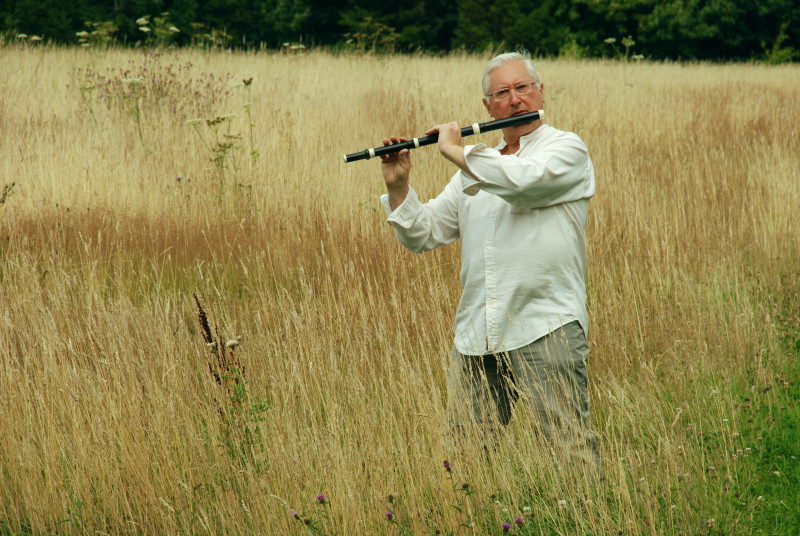Stephen Preston, a professional musician, illustrated his talk to the Friends of Rye Harbour Nature Reserve last Saturday, by playing music written by eighteenth century French and Italian composers especially for the baroque flute, his favourite instrument.
Perhaps the cuckoo is the bird most mimicked by composers, because of its instantly recognisable call, and the round song “Summer is icumen in” is medieval in origin. Other birds have equally inspired musicians to copy and interpret their songs.
With live birdsong recordings and accompanied by tapes of music by Francois de Couperin and Antonio Vivaldi, he played duets of calls and answers. Songs had names like “The Victorious Nightingale”, “The Startled Linnet” and “The Plaintive Warblers”. He kept his audience spellbound as if they were at a concert.
The music was interspersed with curious information, for example that the city dweller in those days had possibly heard more birdsong that the countryman on account of the number of caged birds common in their society.
Indeed the title of the talk (“A Bird Fanciers Delight”) came from the manual of music written to teach caged canaries and parakeets how to imitate the human voice. That would be unthinkable today in western Europe.
Moving into the twentieth century, he singled out Olivier Messiaen for best capturing the spirit of nature in his work, though he used the grand piano rather than the baroque flute.
Modern technology expands the scope of composition by allowing sounds to be played at varying speeds without necessarily changing pitch. If some of this technicality was beyond the grasp of most of the 60 or so listeners present, they were well able to appreciate the auditory delights of the birdsong imitating flute.
Photo: Stephen Preston



